
History of Seneca
 |  |  |
|---|---|---|
 |  |  |
 |  | 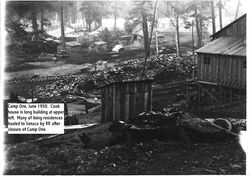 |
 |  |  |
 | 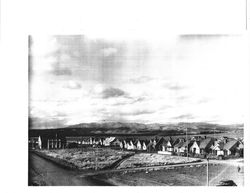 |  |
 |  |  |
 |  |  |
 |  |  |
 |  |  |
 |  |  |
 |  | 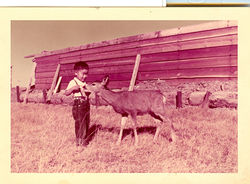 |
 |  |  |
 |  |  |
 |  |  |
 | ![O_NW_100Caboose[1]](https://static.wixstatic.com/media/82d600_a8b2fdb6ee84456f9a91f9d2481c5bf3~mv2.jpg/v1/fill/w_250,h_127,al_c,q_90,enc_auto/82d600_a8b2fdb6ee84456f9a91f9d2481c5bf3~mv2.jpg) | ![O_NW_27x900[1]](https://static.wixstatic.com/media/82d600_d76588ab540d4743831daf8c7c140084~mv2.jpg/v1/fill/w_250,h_141,al_c,q_90,enc_auto/82d600_d76588ab540d4743831daf8c7c140084~mv2.jpg) |
 |  |  |
 |  |  |
 |  | ![[1012] DSC_4039 - 06-07-10](https://static.wixstatic.com/media/82d600_3bfc0b56657e459cb66795bb54ca5ac3~mv2.jpg/v1/fill/w_250,h_167,al_c,q_90,enc_auto/82d600_3bfc0b56657e459cb66795bb54ca5ac3~mv2.jpg) |
 |  |  |
 |  | 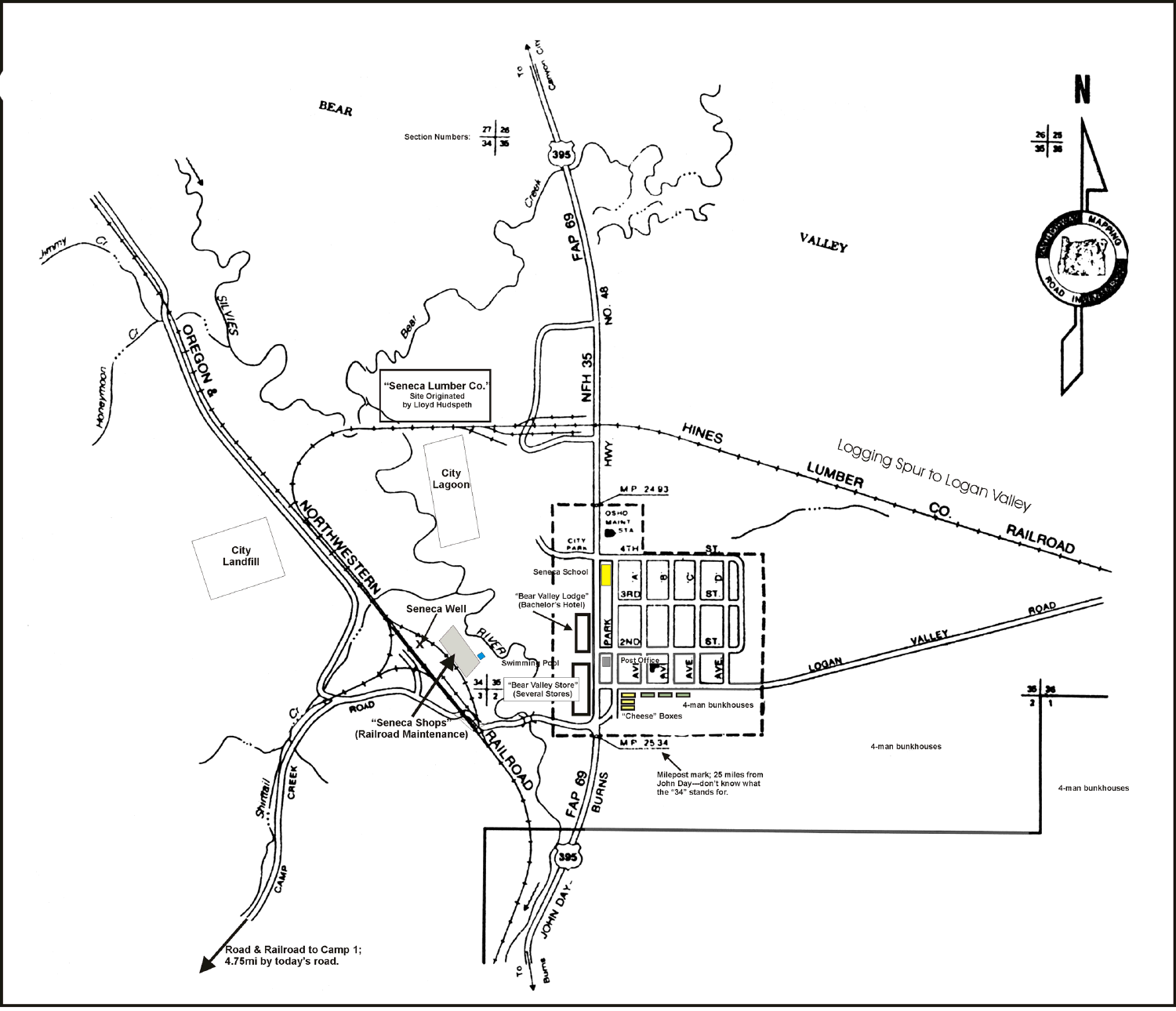 |
 |  |  |
 |  |  |
 |  |  |
 |  |  |
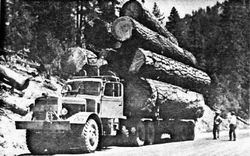 |  | 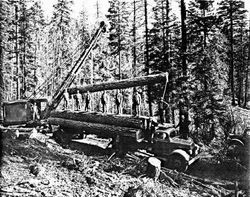 |
 |  |  |
 |  |  |
 |  |  |
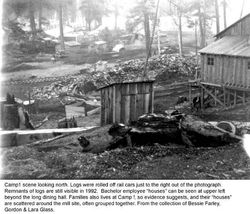 |  |  |
 |  |  |
 |  |  |
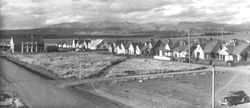 |  |  |
 |  |
The Seneca post office was established in 1895 and the city was named by postmistress Minnie Southworth for her brother-in-law, prominent Portland judge Seneca Smith. The area was historically settled and used by the Paiute Indians, early homesteaders and trappers moved into Bear Valley in the late 1800's, but Seneca only began growing in earnest in 1929 when it became the northern terminus of the now-vacated Oregon and Northwestern Railroad, owned by the Edward Hines Lumber Company, which came up from Burns to the south. That time marked the beginning of large-scale shipping of Ponderosa Pine logs to the Hines sawmill in Hines from Seneca and the surrounding Malheur National Forest. The Seneca School was established in 1932. The company established a planing mill and railroad shops in Seneca, and it became, in spirit, a company town, although in reality it was not: the company did not own either the property or the buildings.[1] When Hines came to the area they made a promise to the Chamber of Commerce: “We will never enter into commerce other than the manufacture of lumber.” While this was legally true in practice is was only almost true. The development of Seneca was done by a corporation known as "The Seneca Company." This was headed by Edward W. Barnes. It was Barns who bought the town site to its current location, which was originally part of the Lincoln Ranch. The people that lived in Seneca had to buy their houses from the builder; they were not provided by Hines. This arrangement was similar to that of the town of Hines. The lumber company brought in a large developer from the South to build the town of Seneca, although Mrs. Hines had a hand in picking the design of the various styles for the original homes. The development of the town of Hines is well documented, Seneca less so. In 1940 Seneca's population was 275.
Logging in the area began to decline in the 1970's, and the Hines Company ceased operations of its lumber mills and railroad in 1984. The town was incorporated as a city in 1970 as lumber company control began to wane. According to the 1980 census, Seneca's population was 285. The 2015 Census stated the population was 193.
[1] http://www.senecakids.org/SenecaProject/Seneca-MoreInfo.html

